A Sonic Cartoon PRIME-r
A Sonic Boom through Sonic Toons!
It’s become a common trend for games to get film and television adaptions in recent years. From all-time classics like Super Mario Bros. to recent hits like The Last of Us, fans are always interested in seeing their favorite game worlds adapted for the small/big screen. No franchise proves this point more than Sonic the Hedgehog.
Ever since the earliest days of the series, the franchise has lent itself to various productions over the years, and a new one is here! Sonic Prime is out now on Netflix, and to celebrate, we want to look back at Sonic’s various television series’ through the decades.
This is specifically a look back through Sonic’s TV series’ ,so things like his movies (Live Action and OVA), web series (Sonic Mania Adventures, Team Sonic Racing Overdrive), and guest appearances (Wreck-it Ralph, OK K.O.! Let’s Be Heroes) will not be discussed. We’re using this approach to keep the article from getting too bloated, as Sonic has had many substantial multimedia products and appearances over the years.
Also, we’ll be touching on spoilers for all the shows mentioned, save Sonic Prime. That might seem odd to say, but some of these shows are story-driven, so if you’d rather not be spoiled, you’ve been warned.
With all that established, let’s spindash down memory lane and see Sonic’s very animated and extensive television history.
Adventures of Sonic the Hedgehog (1993)
The Heroes
Launching in September of 1993, Adventures of Sonic the Hedgehog was one of the original animated adaptations of the Sonic the Hedgehog series produced by DIC Entertainment, sharing the spotlight with Sonic the Hedgehog. (commonly referred to as Sonic SatAM)
This series follows episodic adventures where Sonic and Tails thwart the plans of Dr. Robotnik and his bumbling robotic minions. Considering the only mainline games released at this point were Sonic the Hedgehog and Sonic the Hedgehog 2, it’s impressive how close they got the main cast. This is also one of the first times these characters were given voices.
Sonic in this series is played by none other than Steve Urkel himself, Jaleel White, in the first of his many roles as the Blue Blur. For many older fans, White is the definitive voice for Classic Sonic, as he captures the smart-aleck and impatient nature of the character well.
This is also the first instance of Chili Dogs being established as Sonic’s favorite food; something that the games themselves would later adopt.
Tails is played by child actor Christopher Welsh, and this wouldn’t be the last time a child voiced Sonic’s little buddy. Tails is pretty much exactly as you’d expect him to be at this point in the series; young and idolizing Sonic, always offering him support when needed.
As you can see, Sonic and Tails are mostly accurate to what was known of their characters at this point, whereas Robotnik is way more eccentric.
The Villains
It’s hard to believe that an egg-shaped Teddy Roosevelt caricature could be MORE eccentric, but the creatives at DIC found a way. Robotnik is voiced by the late, great Long John Baldry, and every scene of his is a delight. Baldry really gets to ham it up as the mad scientist and the energy is infectious.
You’ve undoubtedly heard the many memes that have spawned from this show, most of which are courtesy of Robotnik. The most infamous among the bunch has to be the “snooping as usual” scene.
If you weren’t around back then, the basic gist of this meme is that people would edit out the “-ping as” sound from the above scene and use it in YouTube Poops. If you weren’t around for the heyday of YouTube Poop, these were video mashups of pre-existing media, edited into a typically obscene comedy video. Robotnik’s “PINGAS” was one of the most used sound bytes in that scene.
Look…this was peak comedy in 2004. It even got so big that a later Sonic show would include a reference to the scene. (With a de-emphasized Pingas, of course)
Robotnik wasn’t the only comedic bad guy in this series, as it would also introduce the concept of Robotnik having named Robot lackeys. This is a trend that would carry into later series’ and even the games themselves!
The Bumbling Boobs, Scratch and Grounder (Performed by Phil Hayes and Gary Chalk respectively) were always at Robotnik’s side and usually the first to take Robotnik’s licks when his plans fell through.
Not to say these two were wrongly accused; many times the plans failed due to Scratch’s arrogance and Grounder’s stupidity. They would often lose to Sonic in battles of wits, as well as strength.
Scratch and Grounder would also often butt heads with fellow badnik, Coconuts. After being demoted to janitor by Robotnik, Coconuts wanted to prove that he was the only one capable of catching Sonic. This would again lead to more infighting amongst Robotnik’s Troops, which Sonic would use to his advantage to save the day.
A Cartoon through and through
The show was pretty formulaic, akin to a standard Looney Tunes-esque cartoon. This influence was made quite evident by the show’s intro.
The Nonsensical locales, the fast paced comedy, and the inexplicable “Hall of the Mountain King” backing track, all evoke the feeling of classic cartoons. This connection makes sense, given that Sonic wears his Felix the Cat inspirations on his sleeve. Along with that, much like Felix the Cat, this show wasn’t afraid to get weird.
So yeah, you get the point…this show got weird. The cartoonish characters and bizarre plots would launch Adventures of Sonic the Hedgehog into early internet fame, alongside one other element; “Sonic Says.”
Sonic Says
During the 90’s, many kids shows would have segments near the end that were intended to teach a lesson to the children watching. This was due to the Children’s Television Act of 1990, which forced networks to air more educational content in kids shows or risk losing their licenses.
Things like G.I. Joe’s “Knowing is Half the Battle” or the Animaniac’s “Wheel of Morality” segments were added to shows to meet these demands, thus “Sonic Says” was born.
The 30-second segments usually involved a skit of Sonic teaching Tails a valuable lesson like the importance of sharing or to not play in the street, but not all of the subject matter was so simple. Topics like don’t drink and smoke, don’t play with guns and knives and the most infamous one of all…stranger danger.
To be clear, these are important topics that kids should know about, and if any of these PSA’s helped save at least one child’s life, they were 100% worth it. That said, it is very bizarre to hear a conversation such as this come from this show.
Seeing this incredibly goofy version of Sonic the Hedgehog warning you about these very real dangers of the world while still maintaining his generally jovial persona is quite the juxtaposition. It also stands out due to being the only “Sonic Says” segment without a skit; just Sonic lecturing to the 4th wall, which is probably for the best.
This single PSA is probably one of the most remembered moments from the show. If you want to partake in a little time capsule of the 90’s, we’ll link to a compilation of all the “Sonic Says” segments below for you to peruse.
Closing Thoughts
Honestly, “ A time capsule of the 90’s” might be the best way to describe Adventures of Sonic the Hedgehog. From it’s cartoonish and often surreal humor, fun voice cast, and jarring PSA segments, it’s no shock that this show is still remembered fondly to this day.
As stated earlier, however, this series wasn’t the only television animated Sonic content we got in the 90’s. It’s time we shift gears to something similar, yet different.
Sonic the Hedgehog (SatAM) (1993)
Airing at the same time as Adventures of Sonic the Hedgehog was a show simply titled “Sonic the Hedgehog”. Fans have dubbed this series “Sonic SatAM,” as it aired on Saturday mornings, and that is how we’ll refer to it going forward.
The reason I referred to this series as “similar, yet different” is because while both were produced by DIC entertainment and share much of the same DNA, their tones are very contrasting. Just look at the show’s intro and compare it to AoStH, which is night and day.
SatAM went for a more story-driven approach to it’s setup. Taking place after Robotnik had conquered Sonic’s planet Mobius, the story tells of Sonic’s group of freedom fighters and their struggle to reclaim the planet from Robotnik’s robotization.
While Sonic and Tails both feature in this series, a whole swath of new characters is introduced to fill out the Knothole freedom fighters’ ranks.
New Heroes
This show would also be what the long-running Archie Comics series would spawn from, though that would tell a separate story. It’s interesting seeing an extended cast of Sonic characters years before Sonic would accrue his own through future game releases.
While Sonic and Tails are pretty similar to their portrayals in AoStH (even down to Jaleel White playing Sonic in both), Dr. Robotnik and his minions were changed.
New Villains
The villains of the series were much more intense than the ones seen in Adventures of Sonic the Hedgehog. Robotnik saw the biggest shift; no longer a goofy foe, but a genuine threat who rules the city with an iron fist.
The show was beloved for how it managed to balance humor and darkness to tell an engaging story of the struggle between nature and technology. The show unfortunately never saw it’s proper conclusion.
An Unfortunate End
At the end of season 2, the freedom fighters were successful in defeating Robotnik, but a shocking scene awaited at the end.
Snively, filling the power vacuum left by his uncle, rises to be the next threat for Sonic and friends with an ominous pair of glowing red eyes shining from the darkness. When I first saw this scene I was certain this would be Metal Sonic, but it turns out it would’ve been an earlier villain; Ixis Naugus freed from the void.
It seems like the show had big ambitions for the future, but they never came to fruition, as the series was cancelled. The cancellation was attributed to two factors; the loss of viewers to Mighty Morphin Power Rangers and the buyout of ABC (the show’s network) by Disney, who then proceeded to fill the block with shows they produced.
While the characters would continue to appear in the Archie comics for years to come, they took a much different direction than what the show was setting up, eventually introducing more characters and plots from the games.
While there were previous efforts to bring the show back, none proved successful until Sea3on.
A New Beginning?
Sea3on is a fan project that attempts to animate a full season 3 of SatAM using original plans from series writer and story editor Ben Hurst.
The project boasts an impressive pedigree, like the producer of the original shows second season, Ron Myrick, being attached. The series even got Johnny Gioeli of Crush 40 fame to perform a cover of the series’ theme song “Fastest Thing Alive.”
If you want to read up on this project and maybe consider supporting the teams’ efforts, you can follow the link to their official site.
Closing Thoughts
I think the fact that the Sea3on project exists is proof enough the Sonic SatAM was beloved. For fans to come together years after the fact to try and finish the story shows that this world and it’s characters really resonated with kids of the 90’s.
This isn’t the last of DIC’s Sonic Projects, however. in 1999, DIC would be tasked with creating a new series to capitalize on the Sonic hype brought about by the release of Sonic Adventure.
Sonic Underground (1999)
Instead of offering a summary of Sonic Underground, I will instead point you to it’s theme song, as it does a pretty good job of explaining everything you need to know.
This series also took place on Mobius, but with a different set of events from SatAM. While retaining some elements like Robotnik being in power, the freedom fighters, and even Uncle Chuck, the show told a different story.
For one, Tails, despite being in both previous series’, is completely cut from this show. This means that the only game-original characters in this series are Sonic, Robotnik, and a one-episode appearance from Knuckles the Echidna.
It’s very strange to see so few game characters, considering this show was greenlight to tie into Sonic Adventure’s release.
In Sonic Underground, Sonic was part of the royal family with his mother Queen Aleena and siblings Sonia and Manic (his father was never mentioned). The series then followed Sonic, Sonia, and Manic on a mission to find their lost mother to take down Robotnik’s empire.
Jaleel White would once again play Sonic in this series, but he would also play his new siblings, Sonia and Manic.
Family and Foes
The Music
One thing you might have noticed from the intro is a reliance on musical instruments from the main cast. Aside from Sonic’s new family, the most well-known factor of this show was Sonic and his siblings owning magical instruments.
The inner child in me can’t deny the charm and radical 90’s-ness of Sonic the Hedgehog using a magical guitar that shoots laser beams. These instruments were more than just wacky weapons the hedgehog triplets played in their band, The Sonic Underground. Every episode of this series featured a song performed by the group.
Every. Single. Episode.
Let me just say that I like musical numbers. I think they’re a great way to add spice to a show/film, and they can help deliver exposition on a character’s inner feelings that would otherwise be awkwardly expressed through dialogue. These numbers, however, are not very well made.
Sonic Underground commits the sin that many bad musical numbers do; halting the scene for a song with a message that could have very easily been expressed through dialogue. Combine this with all the reused animation and absurd amount of video effects and you have a recipe for songs that mark the show with infamy, rather than elevating it.
In sake of fairness, I’ll include a full playlist below with every song. If you feel so compelled, listen to them and maybe you’ll hear or see something in them that I don’t.
Closing Thoughts
If you’re like me who only saw bits and piece of this show as a child and wondered if they ever find their mother, the answer is they did not. While the team constantly just missed the Queen throughout the series, they never definitively reunited before the series was cancelled due to low popularity, thus ending Sonic’s time with DIC.
In a way, Sonic Underground was a fitting last show for DIC, as it seemed to combine elements from their two previous Sonic efforts; the serious stories and worldbuilding of Sonic SatAM and the lighthearted comedy of AoStH. Unfortunately, these elements didn’t come together to make a successful show.
Sonic Undergound is a series that is more remembered for it’s strangeness rather than it’s quality, but this would be far from the last time Sonic would get a TV show.
Sonic X (2003)
Despite Sonic being a Japanese franchise, it might surprise you that this was the series’ first, and thus far, only anime. This is due to the fact that Sonic’s attitude was much more popular in the west than it was in Japan, and this series was an attempt to change that.
I personally have spotted three ways SEGA geared this series to try to hook in Japanese audiences and make new fans.
Step 1: Sonic X is a Shonen anime.
Shonen is a genre made to appeal to young boys and features action-filled plots (think Dragon Ball Z, Naruto, One Piece, My Hero Academia, ext.). These shows are typically very popular, so it makes sense that SEGA would want Sonic to have a piece of that pie.
Step 2: The plot would involve Sonic and his friends travelling to the human world.
An early pilot for the series (posted below) showed that the original plan was for the show to take place on a planet filled with animal people, similar to Mobius from the DIC shows.
While I couldn’t find any concrete information of why this was changed, I imagine it was because human characters offered an easy method of exposition. It’s a common tool in fantasy stories to have a character unfamiliar with the fantastical be the audience surrogate. This character asks questions the audience is asking, and thus exposition is delivered in a way that feels natural.
Using humans for this role in Sonic X makes sense, especially considering Sonic Adventure 1 and 2 already introduced the concept of the characters interacting with non-Eggman humans.
Step 3: The characters would be directly pulled from the games.
Unlike the DIC shows that were allowed creative liberties with character design and portrayal, this series would aim to imitate the characters from the games as closely as possible.
The Sonic and friends you’d see in the show would be the same you’d see in the games, even down to the entire English cast for the Sonic games being replaced by the 4Kids actors brought in for Sonic X’s dub.
This means this was our first time hearing Jason Griffith as Sonic and Mike Pollock as Dr. Eggman, the latter of whom is still voicing the character to this day.
The 4Kids dub in general is entertaining but flawed, like most 4Kids dubs. While I think all the characters are well cast, you can tell this was their first time voicing the characters, as everyone sounds a little off. Jason Griffith doesn’t really come into the role of Sonic until Sonic Unleashed, in my opinion.
Speaking of the English dub, the theme song produced for it is where the infamous “Gotta Go Fast!” catchphrase came from. This phrase has since appeared in both official and parody Sonic media, as well as the live-action films.
Sonic X would also include the most game-related characters of any Sonic series before or since. Featuring characters from the Adventure games and beyond, as a fan, it was always a treat to see who would show up next. Alongside those familiar faces, the show would introduce a bevy of new humans and non-humans alike.
New Faces
The Story
Like most Shonen anime, Sonic X broke up it’s story into Arcs or Sagas. Below you can find the sagas from Season’s 1 and 2.
The Metarex Saga (Season 3)
The third and final season is undoubtedly the craziest one and deserves it’s own section.
Six years after Sonic and friends went back to their home world, a grown-up Chris has been trying to make a portal to go visit them. Eventually he is able to send himself, only to discover that time works differently in Sonic’s world. For Sonic and the gang, it has only been six months since they last saw Chris. Chris is ripped back to his twelve-year-old body and is unable to perform all the martial arts that Mr. Tanaka had taught him during the time skip.
When Chris arrives, a visitor from outer space named Cosmo has landed on the planet and is asking for Sonic’s aid in fighting the Metarex. The Metarex are a group of alien robots led by Dark Oak who steal a planet’s source of life energy called a planet egg. The Metarex wiped out Cosmos’s home planet and she came to find Sonic, as he is able to wield the power of the chaos emeralds.
Shortly after Chris arrives, Dark Oak attacks Sonic’s planet and steals their power egg, causing the plants on the planet begin to wither. Sonic and friends realize they need to stop the Metarex and set out on a spacefaring adventure to rescue the whole universe.
There’s a lot of twist and turns along the way; Tails and Cosmo develop a romance, Shadow is revived by Dr. Eggman and goes on a solo crusade against the Metarex, and Sonic transforms into Dark Sonic for one episode, never to be brought up again.
This all leads to the big reveal that Cosmo was an unwitting spy for the Metarex all along, as they had placed a tracking device on her from the very beginning. The Metarex are revealed to be the same species as Cosmo, but they modified their bodies into machines for battle and conquest.
The Metarex launch an attack that will destroy the universe, but Cosmo intervenes and unlocks her true power to help save the day, giving her life in the process.
It’s at this point I feel I should mention the numerous censorship edits this series faced under 4Kids. I won’t go too deep on the subject, but most manner of adult jokes, dark scenes, or character deaths we’re removed, reworked, or watered down in the English dub.
Cosmo’s death is one of the most famous examples of this, as Tails is the one who needs to literally and figuratively pull the trigger on her to save the universe. Naturally, given their blossoming (heh) romance, Tails is very upset at the thought of having to kill Cosmo in the Japanese version of the scene.
In the English dub, Tails is only slightly conflicted before pulling the trigger. (starts at 1:50)
While I am very nostalgic for the English dub and find many of 4Kids censorships more funny than irritating (jelly donuts anyone?), it’s undeniable that if you want to experience Sonic X in it’s truest form, you should watch the Japanese version.
After Cosmo’s sacrifice, Sonic gives Tails a seed he found after the explosion; the last remains of Cosmo. After that, everyone returns home, allowing the universe and Sonic’s planet to return to peace.
Chris hangs around for a little while longer, but is eventually offered a way back home by Dr. Eggman, which he takes. After Chris leaves, it’s revealed that Dr. Eggman helped him get home to remove one of Sonic’s friends from the equation in order to get back to conquering the world.
The series ends with the promise that the adventures of Sonic and friends will continue on.
Kinda disturbingly, it’s never shown if Chris makes it back home. Eggman mentions before Chris leaves that he’s unsure how old he’ll be when he makes it back. Even as a kid, I found it weird that they’d leave the fate of Chris up in the air. That said, I’m sure there are plenty of people who wished he didn’t make it back. Speaking of…
The Chris Thorndyke shaped Elephant in the room
If you’re anywhere familiar with Sonic X and it’s criticisms, I’m sure you’ve been waiting for me to bring up Chris and how he is generally disliked by fans.
You know how people dislike the human characters in the live-action Sonic films, as they feel those characters take away from the adventures of Sonic and friends? It’s pretty much the same thing for Chris.
Chris, in an attempt to be an audience surrogate, generally ends up forcing himself onto Sonic’s adventures even when asked to stay behind, and thusly ends up holding Sonic X back from being a fully Sonic-centric show.
Chris even takes away important moments from other characters. For example, in the Adventure 2 arc, it’s Chris who convinces Shadow to protect Earth and not Amy. Chris then also receives Shadow’s left over inhibitor ring after his death instead of Rouge.
The biggest sticking point for people is Chris selfishly keeping Sonic from going back to his home, even though knowing that keeping him on Earth would eventually cause both worlds to suffer. This is because Chris fears being alone again, despite the fact that at this point in the series, his parents had made more of an effort to spend time with him. Chris is a character we’re supposed to feel bad for, but for many it’s hard to do that when he lives in luxury, has friends at school who like him, and has parents who are busy, but do clearly love him.
This is all a build-up to say that, personally, I’m kind of ambivalent to Chris. I agree that the actions he takes through the course of the series are selfish, but he’s also an only (and rich) child, so I think being selfish is in character for him.
I get what they we’re trying to do with Chris’ character, as they wanted someone kids could see themselves in, but perhaps making him rich with movie star parents wasn’t the best idea. That’s not to say that people who come from wealth are incapable of feeling lonely or neglected, but if the goal was relatability, maybe he shouldn’t be living in a mansion.
Closing Thoughts
Sonic X, all in all, is a weird show that I like, but also wish I could like more. One thing I’ve failed to mention up to this point is that the animation is pretty lackluster.
Shonen anime is a genre that is elevated by it’s action sequences. Normal conversations between characters may look static, and that’s all to save money for the big fight scenes; something Sonic X lacks.
Don’t get me wrong…there are fight scenes, but the animation feels very floaty and stilted. It’s really hard to explain without watching for yourself, but even though Sonic is moving fast, the animation doesn’t feel fast. I feel this is something that every Sonic show suffers from in some way or another. It’s just more noticeable here, as the fight scenes are the main attraction.
Additionally, anytime Sonic uses a spin attack, he is replaced by (what I can only assume is) a 3D object. This makes his strongest attacks look awkward and out of place.
I’m not gonna act like the previous shows had stellar animation, but considering this is a genre that is made or broken by it’s fight scene quality, I felt it was important to mention.
It’s easy to see why the fanbase is so conflicted about this show. While it offers plenty of game characters and adaptions as well as original plots to boot, it is held back by awkward character management and animation.
Still though, I can’t help but look back on the show fondly. Sonic Adventure 2 was my first Sonic game, so whenever I watched AoStH or SatAM, I was always confused why Sonic looked and acted so different from how I knew the character to be. That’s why this show was incredible when it was shown to me. I finally got to see my Sonic on the screen, and while the show has it’s flaws, I’ll always remember it for what it meant to me.
Sonic Boom (2014)
If Sonic X was SEGA trying to appeal to the Japanese market, then Sonic Boom was SEGA’s weird attempt to make a more western-focused take on the Sonic brand via a spin-off series. This seems like an odd choice, as Sonic was already really popular in the west! Nevertheless, Sonic Boom was haphazardly created.
As you’ve undoubtedly heard, the Sonic Boom games, particularly Rise of Lyric for the Wii U, were considered so bad that the new franchise was pretty much dead on arrival. This isn’t about the games, though. This is about the TV show, considered by many to be the one good thing to come from Sonic Boom.
New Looks and New Faces
While the full details on how the world of Sonic Boom differed from the main series (I don’t think SEGA knew that well either, to be frank) the characters were different enough to warrant redesigns.
While some of these looks are controversial, they were pivotal in giving the series its unique identity.
Going for Laughs
One of the biggest things Sonic Boom has going for it is comedy. Unlike Adventures of Sonic the Hedgehog, however, the comedy of Sonic Boom would be more in witty dialogue than cartoonish antics.
My best description for Sonic Boom would be an animated sitcom with light action elements. The characters will fight Eggman almost every episode, but it’s pretty clear the crux of the series is comedy.
The comedy is carried by the excellent voice cast, which was brought over directly from the main series. Roger Craig Smith plays Sonic, and while his more sarcastic portrayal of the character was controversial with fans in the main series, Boom’s focus on comedy allowed him to shine.
Sonic is portrayed as a very confident hero who cares for his friends, but can sometimes get full of himself. Sonic takes jabs at things he finds stupid, and Roger plays that really well. Dr. Eggman was played once again by Mike Pollock, and despite his redesign, the goofy fun of the doctor shines through in his performance.
This was also the first Sonic series that was made after the modern internet of today took shape. As I pointed out earlier with the reference to the “Snooping as usual” meme, Sonic Boom was not afraid to make reference to memes and meta humor concerning the franchise itself.
This focus on meta humor has proved somewhat controversial with fans as of late. While it was welcomed at the time as an acknowledgement of the series’ failures, it began to ring hollow for fans as more games came out that didn’t meet expectations. Many fans missed the serious stories of the 2000’s era games and felt this type of humor was only worsening Sonic’s reputation, rather than helping it.
This boiled down to character representations in the show; specifically for Knuckles and Shadow. Knuckles, while simple and easily tricked in the main games, is made an absolute idiot in this show. The few times Knuckles shows intelligence is meant as a subversion of his stupidity, rather than actually showing his usefulness.
Shadow is also written in a way that leans into the box he’s been shoved in since Shadow the Hedgehog; the overdramatic edge lord. However, here he has no tragic backstory (that we know of) to ground his character, so he is made into a full-on villain, rather than an anti-villain.
Personally, as someone who enjoys serious Sonic stories (when done well), I have no problem with this, as it’s a spin-off series that had little bearing on the main franchise. If anything, this show took the humor from the main series and pushed the envelope. If the main series adopted traits of these more comical versions to disastrous effect, that’s the fault of the main series team and not Boom, in my opinion.
Also, as you’ve no doubt seen by now, the Sonic series has worn many different hats over the years. I don’t think Sonic Boom trying something new was bad approach, especially considering we just came out of a whole decade of “serious” storytelling.
All that said, while I do think the series somewhat suffers from the focus on comedy, the bigger issues stem from animation.
Lacking Punch
Sonic Boom was Sonic’s first ever CG animated series, and while CG has come leaps and bounds from it’s early days, it is still rather limited in the traditional TV space.
Much like Sonic X before it, you can feel the budget restraints placed on the show. There’s a ton of repeating locations and reused assets, which is fine for a comedy, but it falls apart when the show tries to shift into action. For an example of what I mean, watch this fight scene between the team and Shadow.
The fight feels very floaty like Sonic X, and Sonic’s sense of speed is not conveyed in the best way. Again, this isn’t that big an issue for the comical scenes, which take up about 90% of the show’s run. This leaves me genuinely curious how the show would be if they were allowed to go full sitcom à la The Looney Tunes Show, ditching the fights altogether.
Closing Thoughts
Sonic Boom is an incredibly charming show and the best thing the Sonic Boom branch of the franchise ever produced. While it may not be something that every fan wanted out of a Sonic show, it was a great vehicle for some amazing jokes. It will live on through out-of-context YouTube videos and Twitter clips until the inevitable heat death of the universe.
Sonic Prime
Sonic Prime is the latest Sonic series to grace our screens, courtesy of Netflix and WildBrain. I won’t go to much into this show as it just came out, and to be frank, I haven’t gotten the chance to watch it yet. That said, I think it has the potential to be the best Sonic show yet.
With a stellar sounding voice cast, fluid and bouncy animation, a serious story, and familiar faces, it seems like Sonic Prime might be the show fans have been wanting for a long time.
Unnamed Live Action Knuckles Show
In case you don’t remember, it was announced that a spin-off series based on Knuckles from the Sonic Movie would be coming to Paramount Plus. We have little to no information about the show proper, but I wanted to include it here. It’s nice to know that there will still be new Sonic stories for years to come.
Conclusion
If you read through all of this, I want to thank you thoroughly. When I first started writing this out, I didn’t think I’d have this much to say. That’s what happens when you get a lifelong Sonic fan rolling!
I hope this was able to help you reconnect with a show you loved or maybe pique your interest in a show you’ve never tried. No matter which side of that coin you are on, if you feel the need to relive some nostalgia, here are some places where you can watch these shows.
Firstly, all the DIC Cartoons and the English dub of Sonic X are available on YouTube.
The Complete Sonic Boom series is available on Hulu, and of course, Sonic Prime is currently available on Netflix. Thank you for reading and Happy Watching!
About jmaldonado
A recently graduated creative writer hoping to work his way into the greater gaming sphere.
Add Comment
dubbie
1+ y agoI tried to watch Sonic Prime but lost me at the very first episode it just felt boring jeez, though i should give it another chance
The movies are pure awesome and the standard for a Sonic the Hedgehog adaption imo, i also been enjoying Frontiers storyline because it takes the characters seriously (although there's isn't much of it)
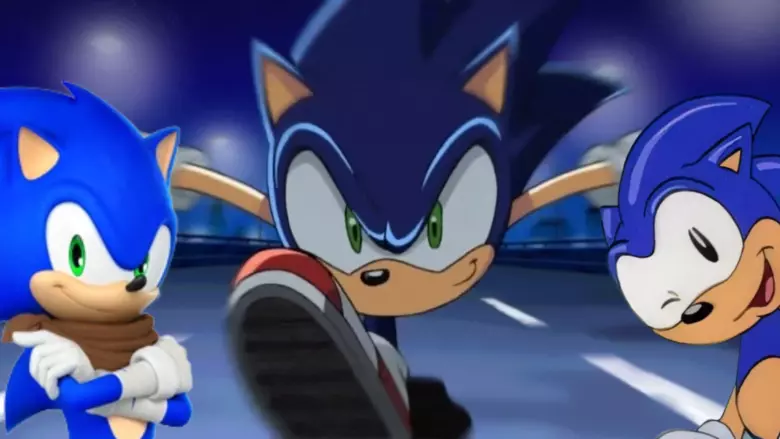

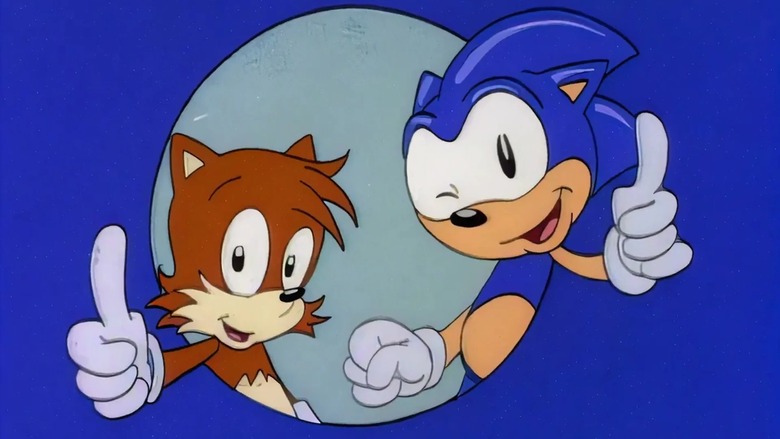

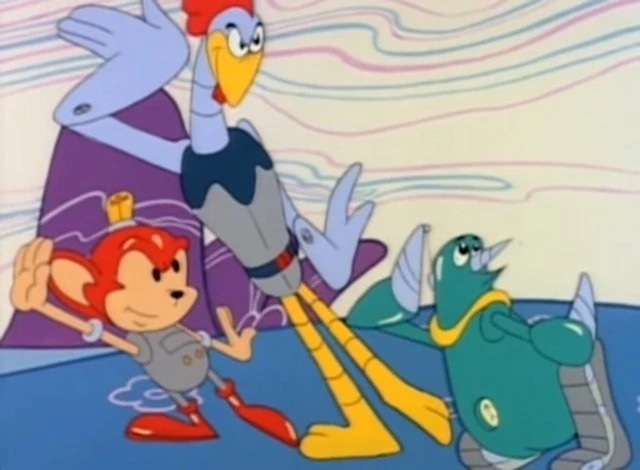
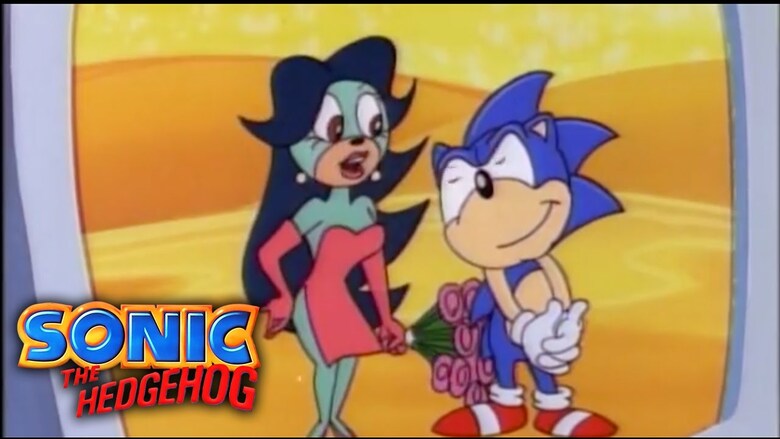
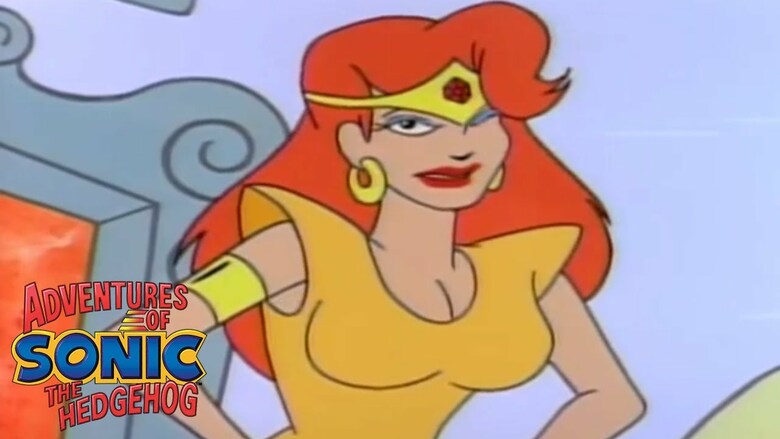
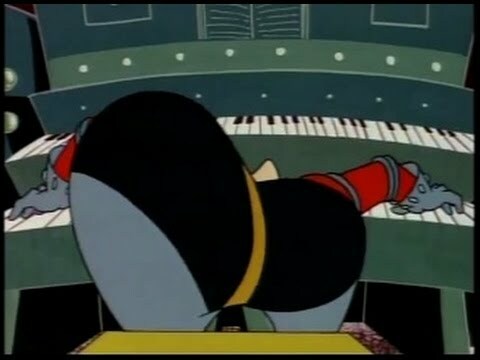
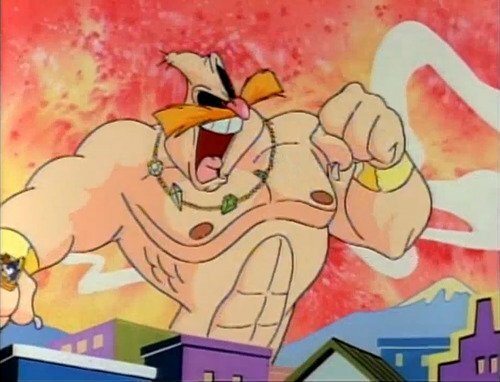

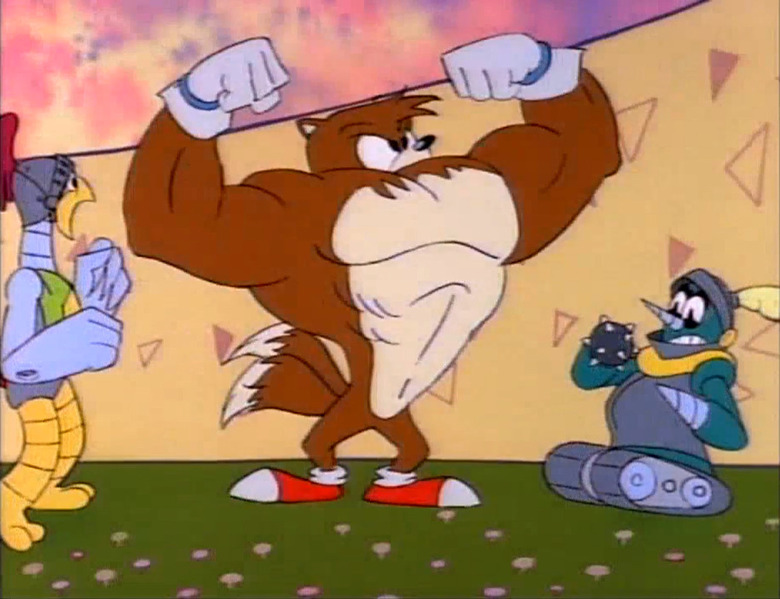
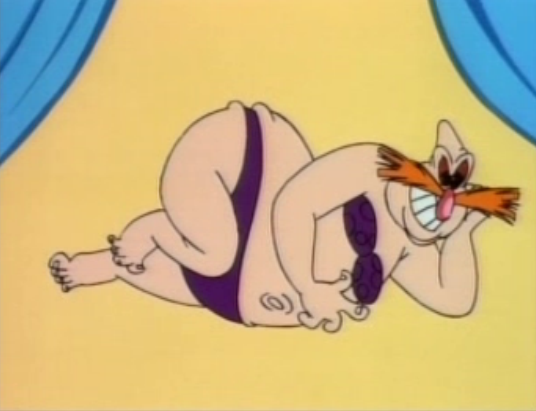
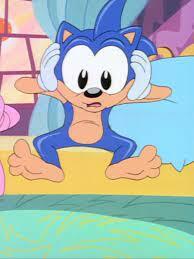
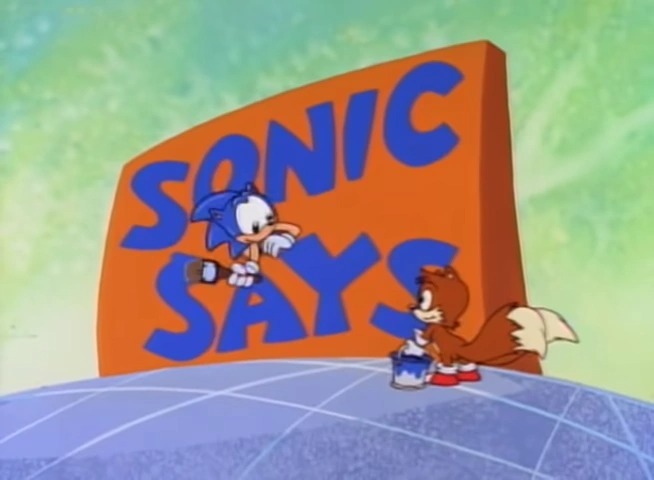
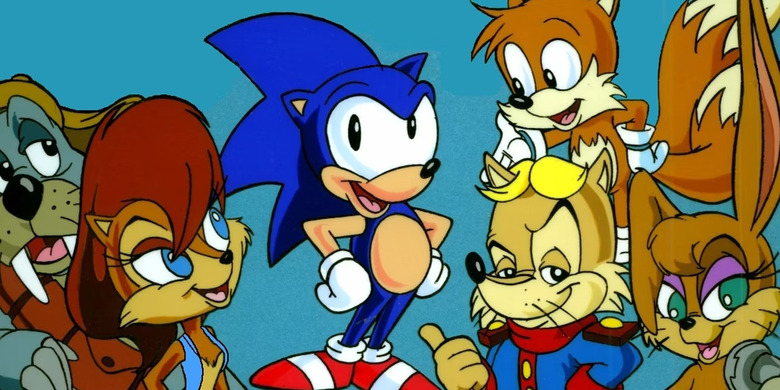

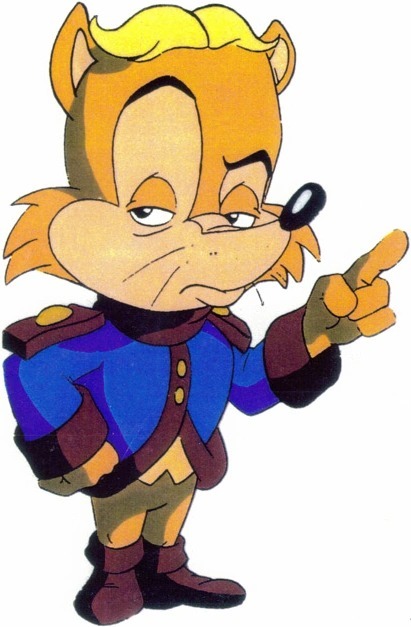

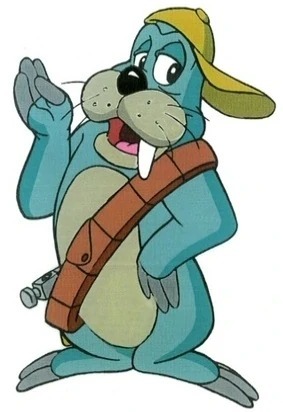
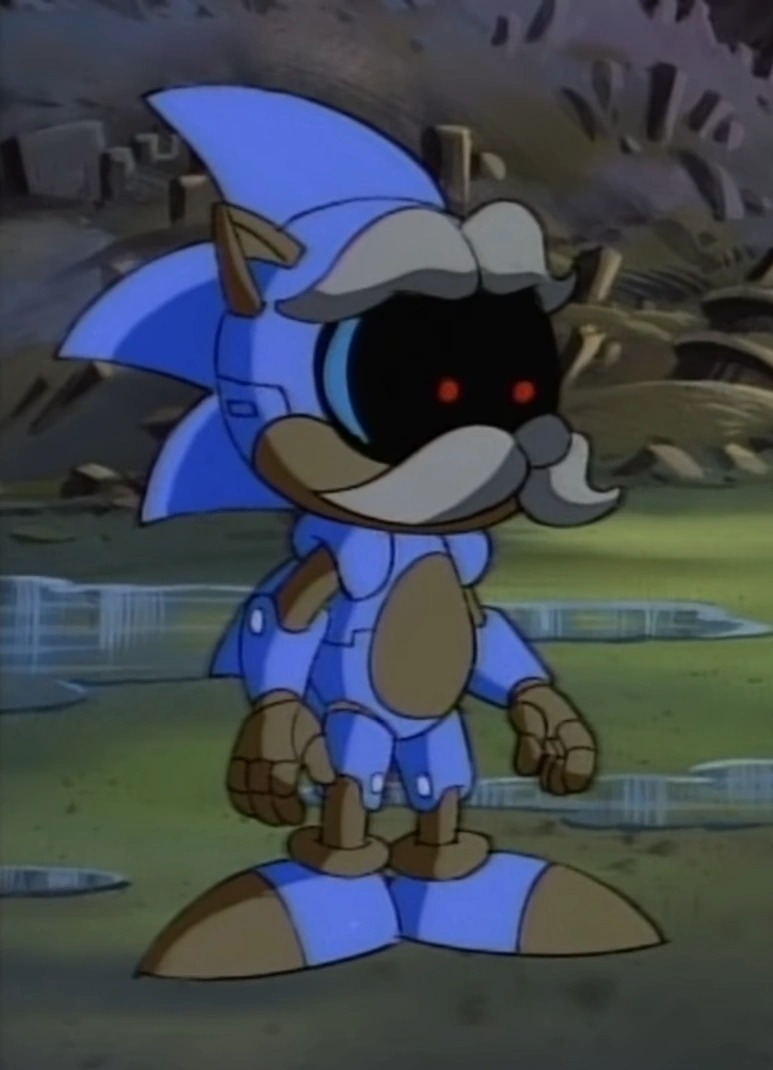
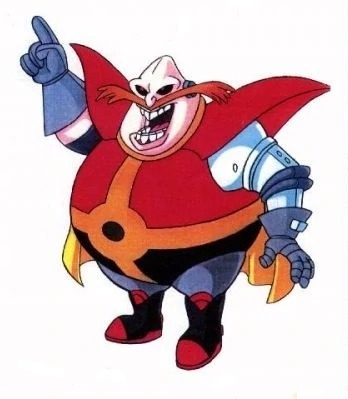
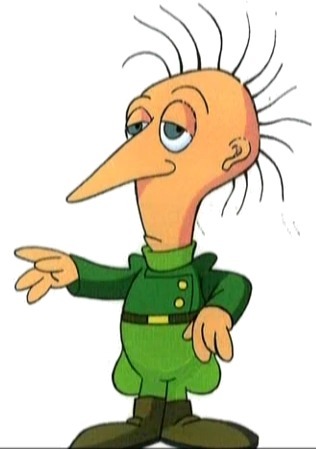
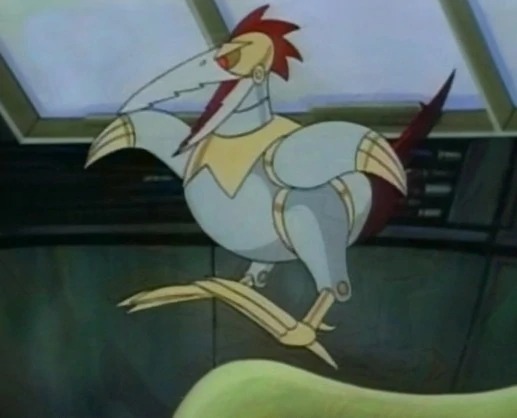

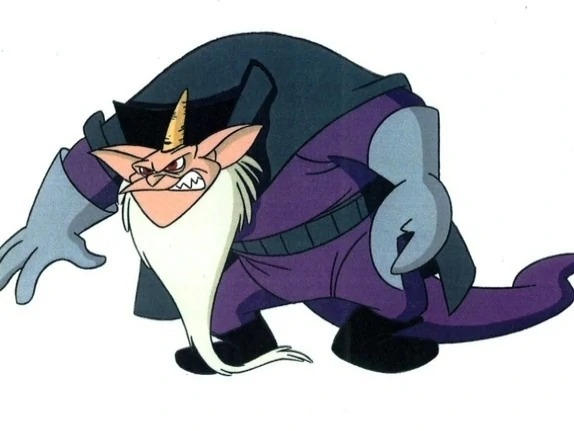
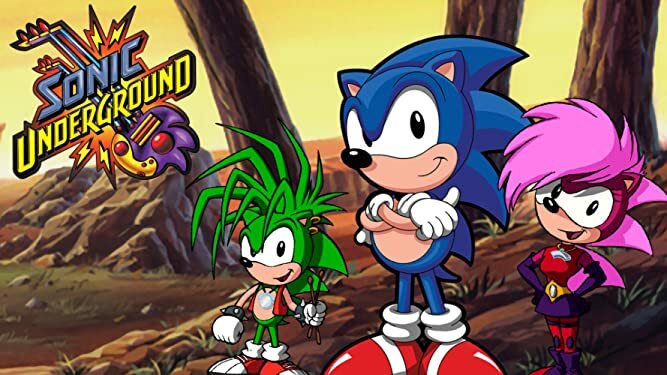
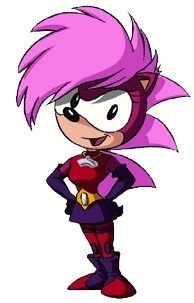
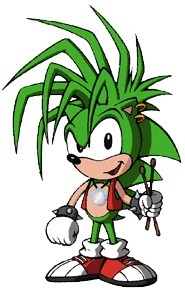

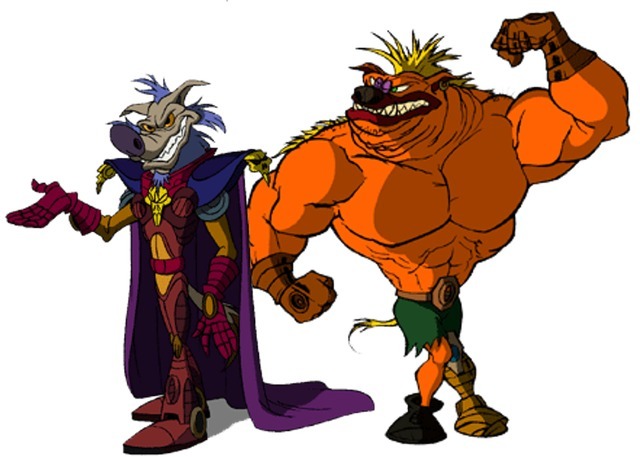
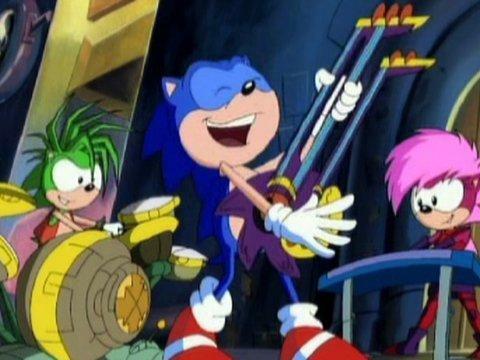

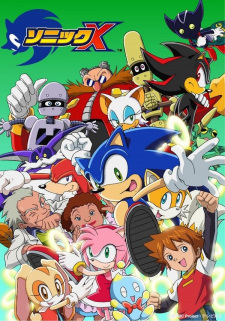
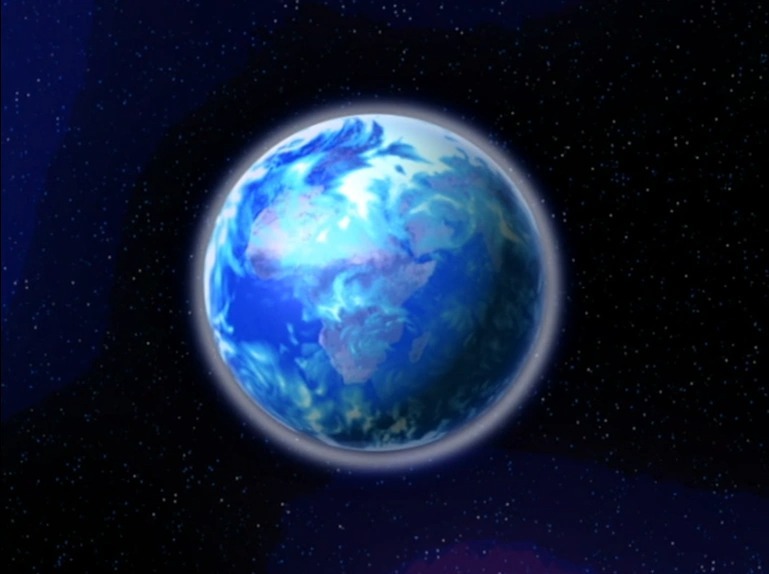
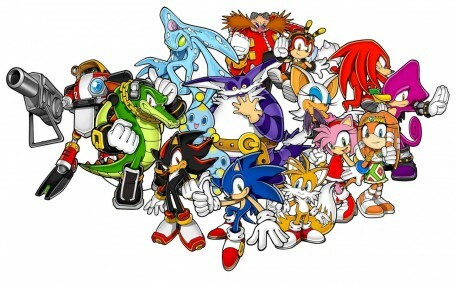

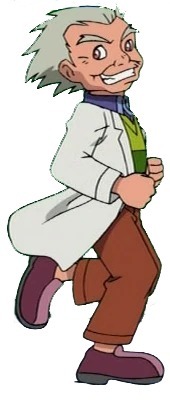
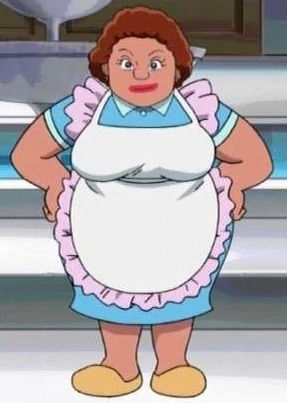
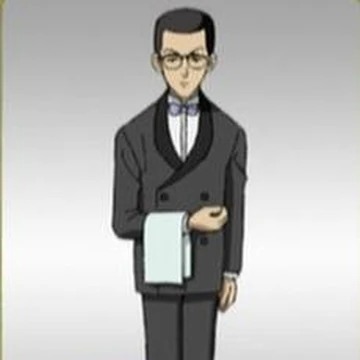
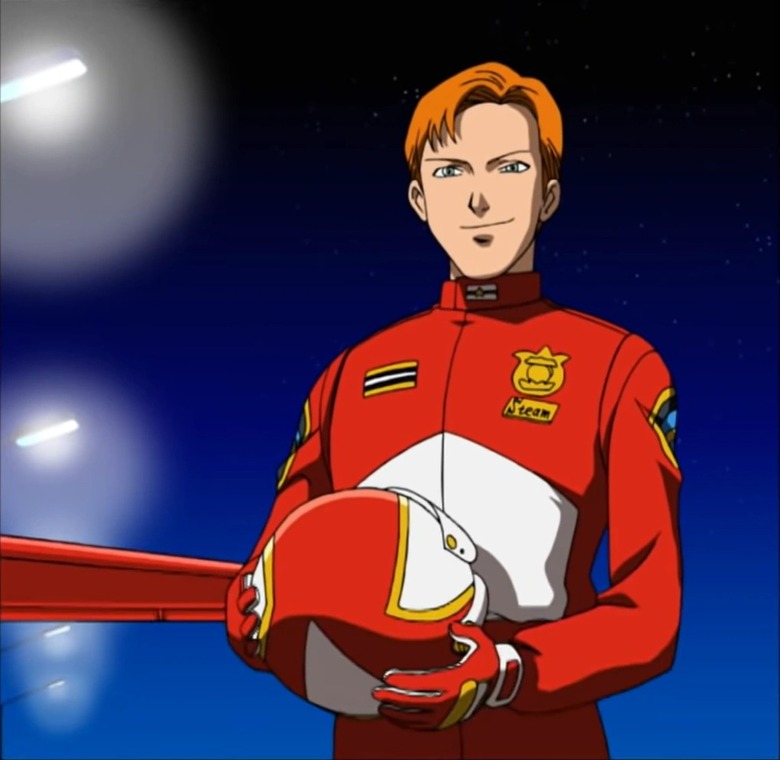
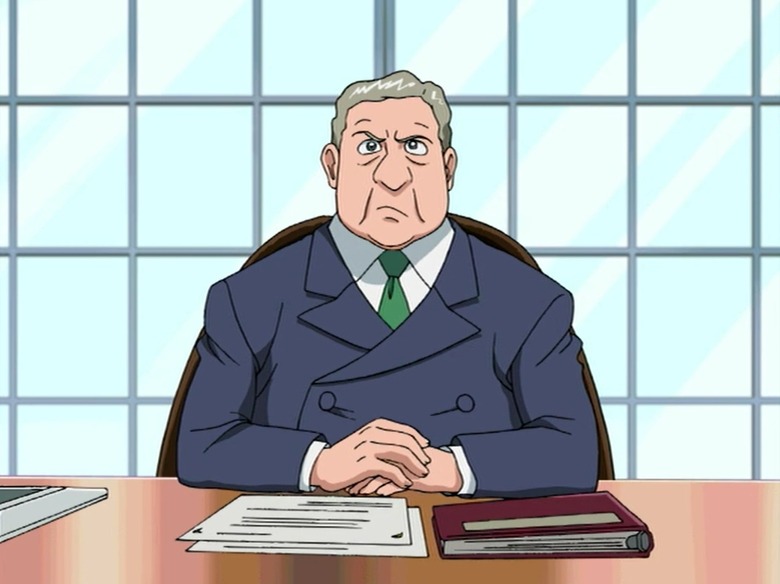

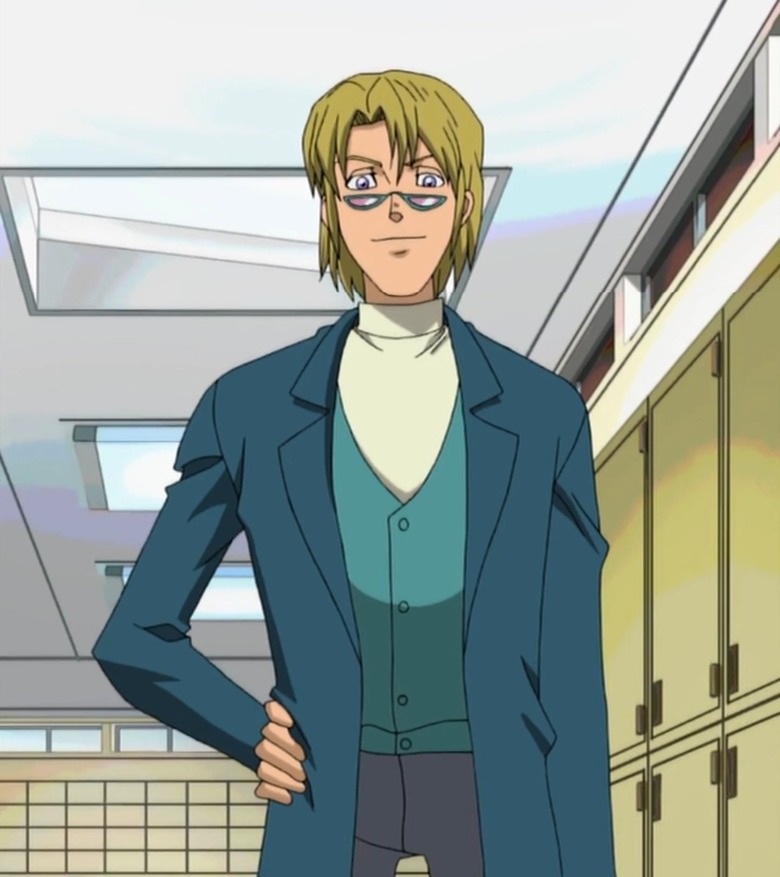
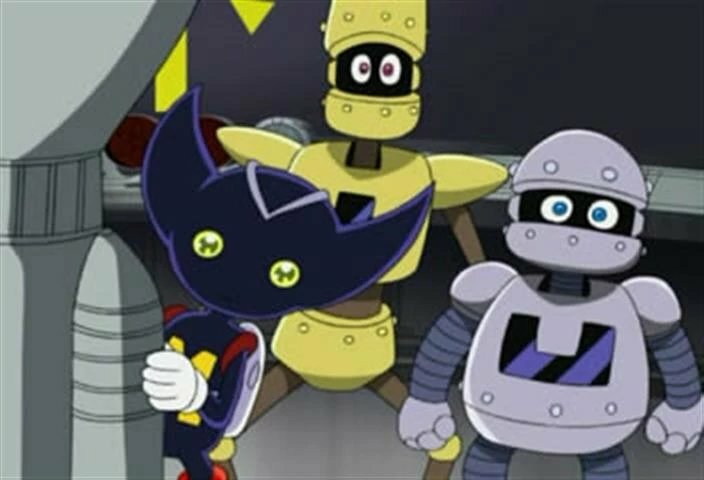
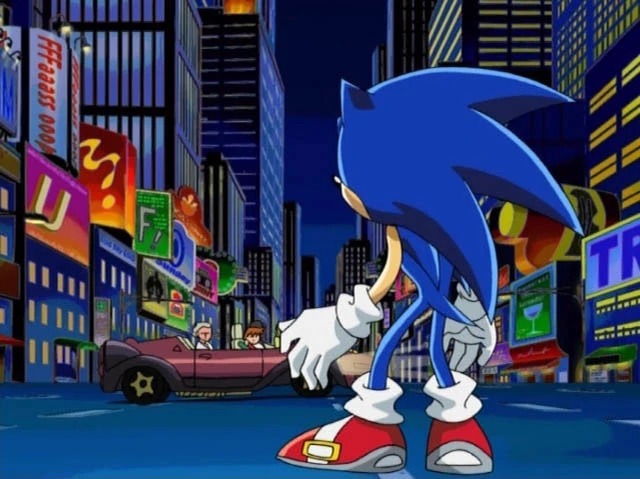
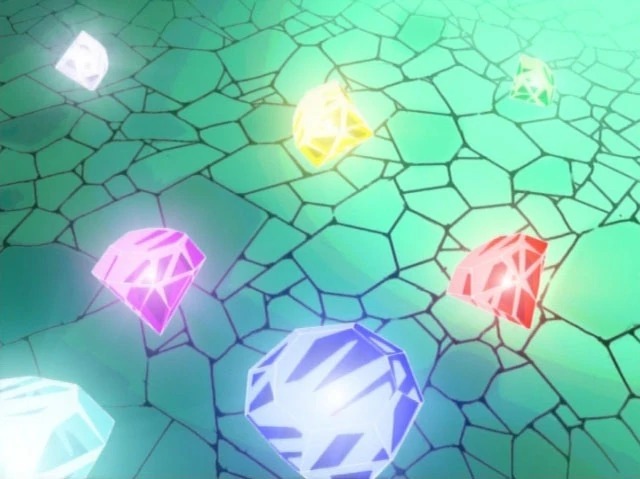
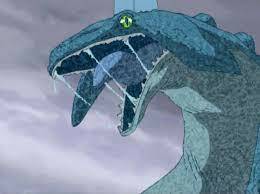
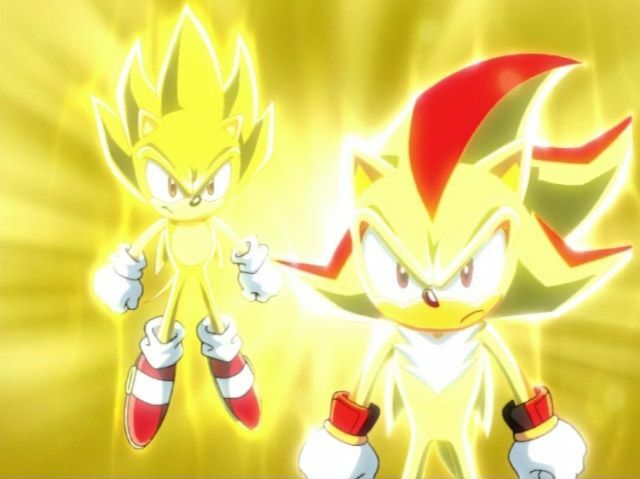

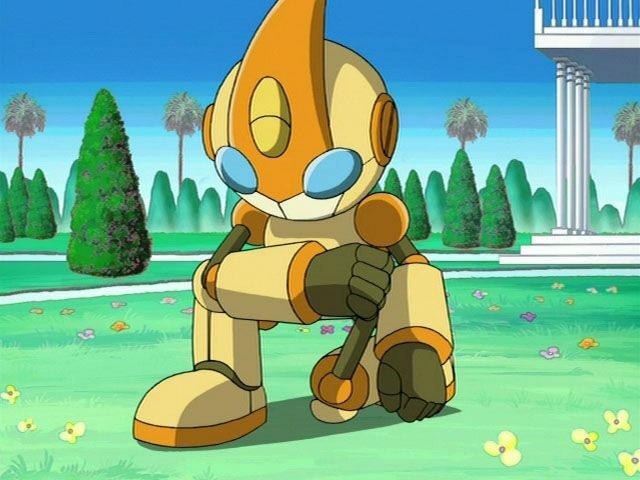
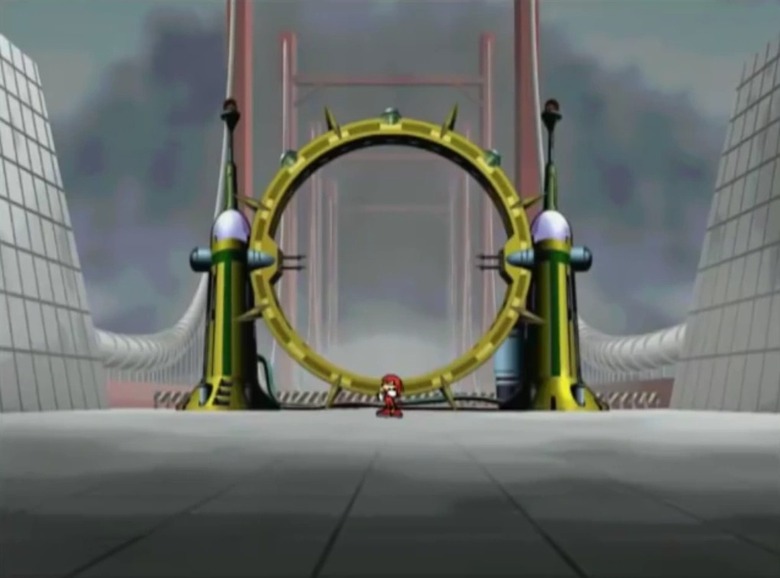
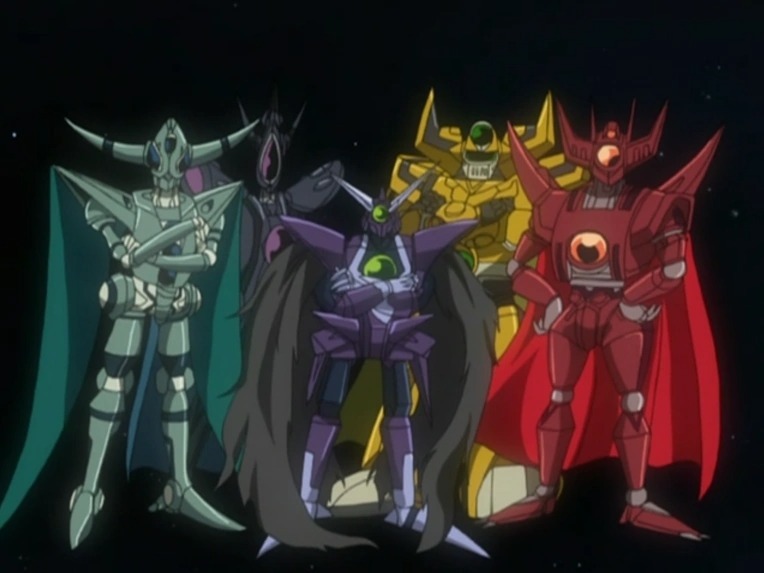

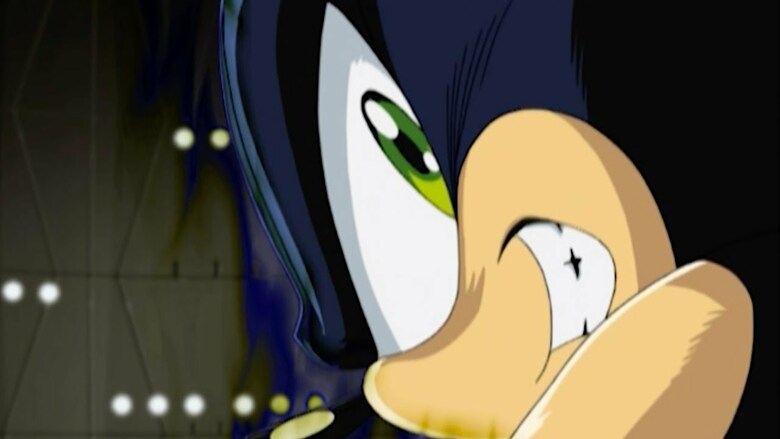

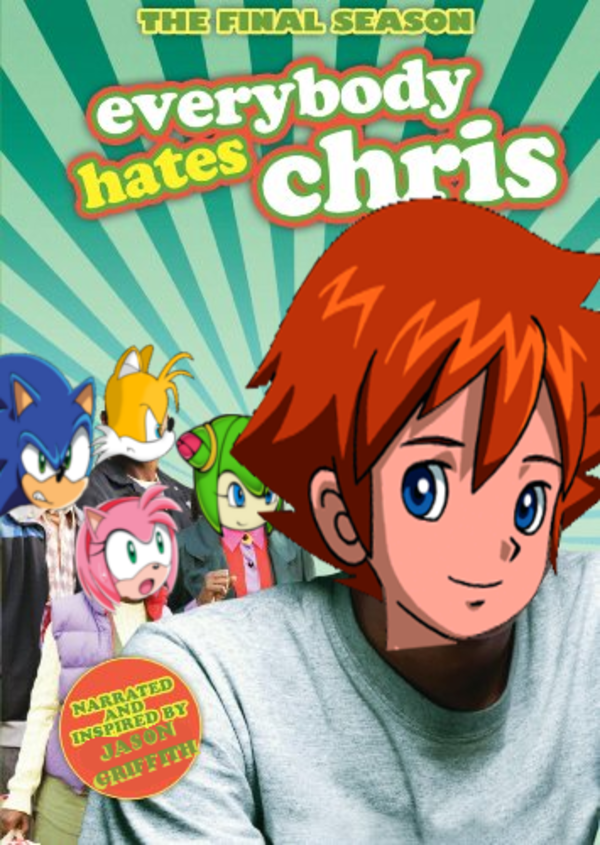
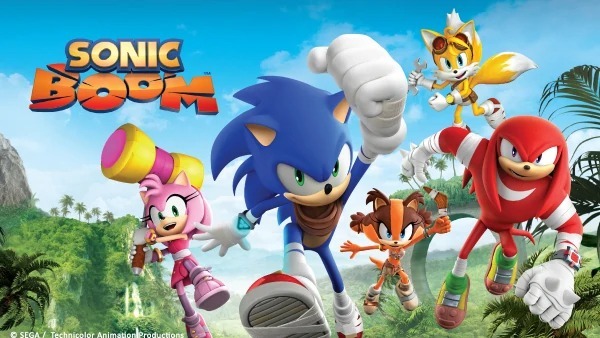
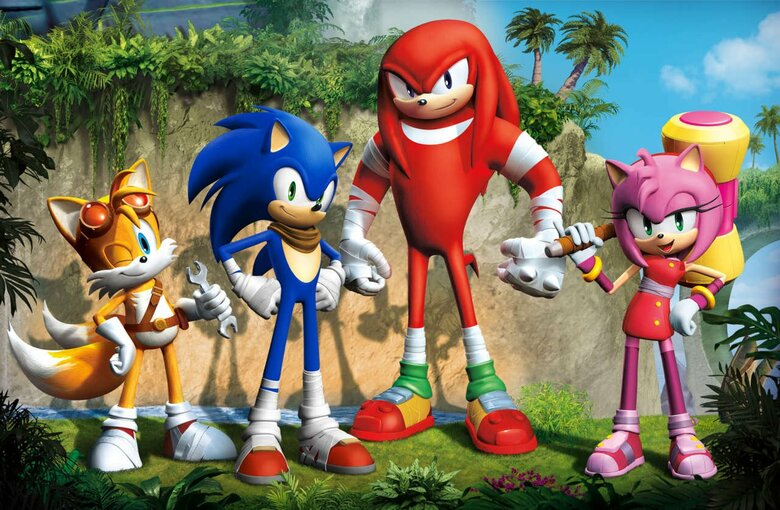

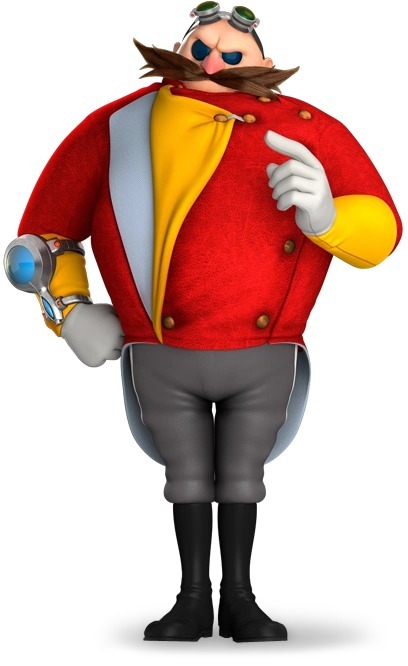

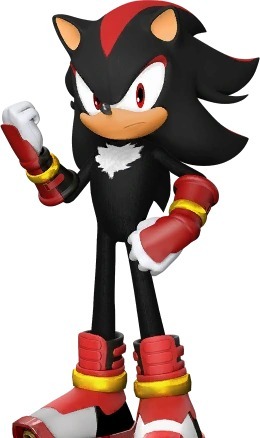
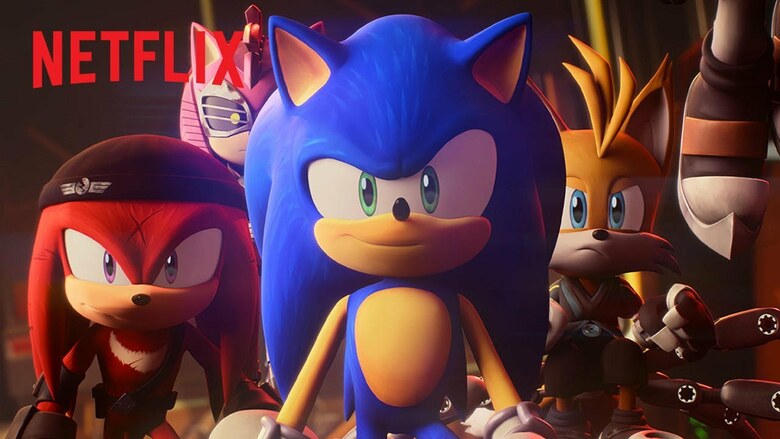
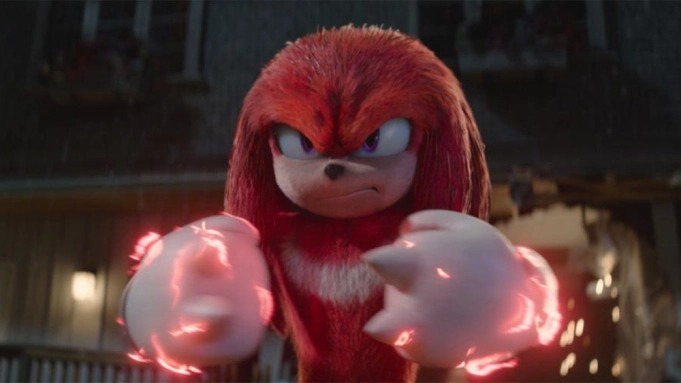
Comments (1)